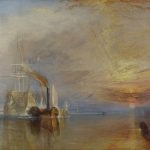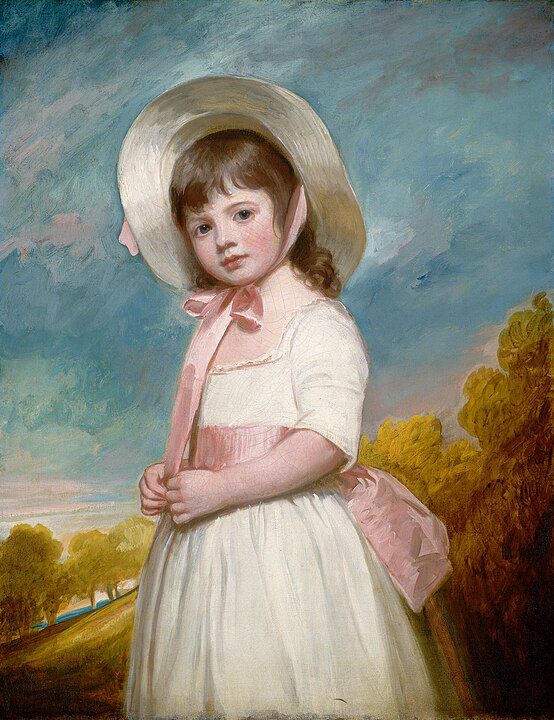
George Romney, born on December 15, 1734, in Beckside, Dalton-in-Furness, England, was a leading portrait painter of the 18th-century British art scene. His artistic career, marked by versatility and prolific output, positioned him as a prominent figure during the Romantic era. Romney’s portraits, characterized by their sensitivity, naturalism, and psychological depth, contributed significantly to the artistic landscape of his time.
Growing up in a modest household, Romney initially worked as a cabinetmaker. However, his innate talent for drawing and an encounter with the portrait painter Christopher Steele ignited his passion for art. Determined to pursue painting, he left his apprenticeship and embarked on a journey to develop his artistic skills.
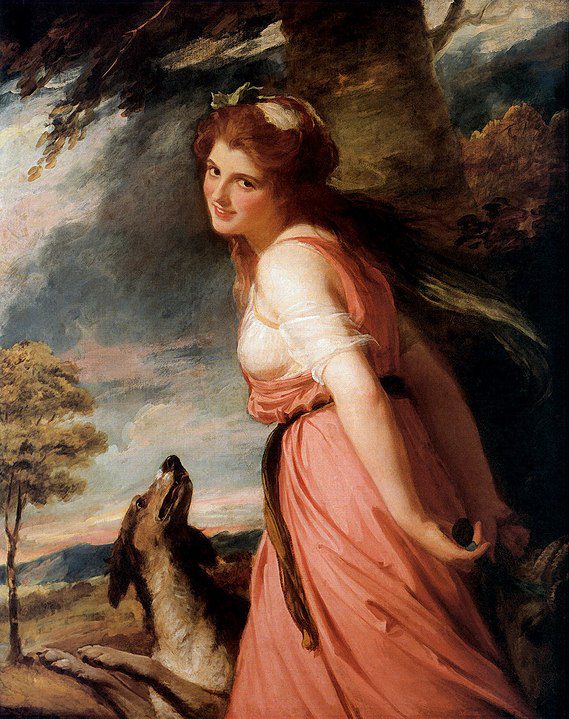
Romney’s early training led him to the studio of Joshua Reynolds in London. However, a divergence in artistic philosophy and Romney’s desire for independent exploration prompted him to leave Reynolds’ studio and forge his own path. The decision reflected his commitment to developing a distinctive style that prioritized emotion and naturalism over the formalism of the Royal Academy.
Portrait Fame
The artist’s reputation soared as he gained recognition for his portraits, particularly of fashionable society figures. His ability to capture the likeness and character of his sitters, combined with a skillful handling of light and shade, set him apart in an era dominated by portraiture. Romney’s portraits exhibited a sense of spontaneity, often depicting his subjects in natural poses and settings.
Romney’s career reached its zenith during the 1770s and 1780s. His clientele included members of the British aristocracy, intellectuals, and influential figures of the time. Notable among his sitters were Emma Hart (later Lady Hamilton), a model and actress who became the subject of some of his most famous paintings. The portraits of Emma Hamilton showcased Romney’s ability to infuse his works with emotional intensity and dramatic flair.
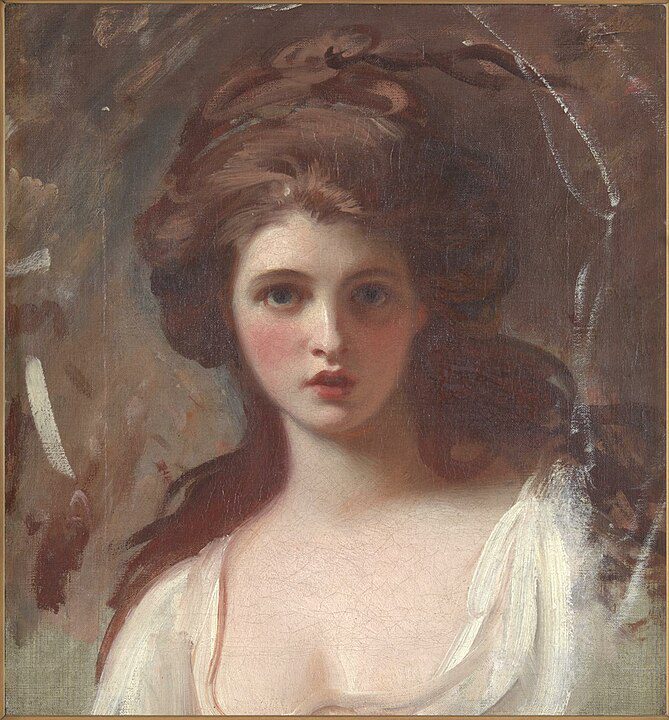
Despite his success as a portraitist, Romney harbored aspirations beyond the confines of portraiture. He developed a keen interest in historical and literary subjects, drawing inspiration from Shakespearean plays and classical mythology. His paintings such as “The Death of General Wolfe” demonstrated a shift toward more ambitious and narrative-driven compositions.
The artist’s personal life was marked by challenges, including financial struggles and health issues. Romney’s decision to forgo the traditional academic path and his inclination towards individual expression earned him admiration but also led to occasional criticism. His exclusion from the Royal Academy, while not hindering his artistic output, reflected the complexities of the artistic milieu in 18th-century England.
Steadfast Popularity
Romney’s decision to decline the opportunity to paint a portrait of King George III further emphasized his commitment to artistic independence. Despite missing out on official recognition, Romney’s popularity among patrons and the public remained steadfast. His decision to travel to Italy in 1773, though brief, exposed him to the works of Old Masters, contributing to the refinement of his technique.
In the latter part of his career, Romney faced increased competition from artists like Thomas Lawrence, who embraced a more contemporary and fashionable style. The changing tastes of the art world, coupled with Romney’s health issues, led to a gradual decline in his prominence.
George Romney passed away on November 15, 1802, in Kendal, England. His legacy endures through the extensive body of work he left behind, including over 2,000 portraits and numerous drawings. While his contributions to portraiture garnered acclaim during his lifetime, Romney’s exploration of narrative themes and his commitment to artistic individualism also merit recognition.
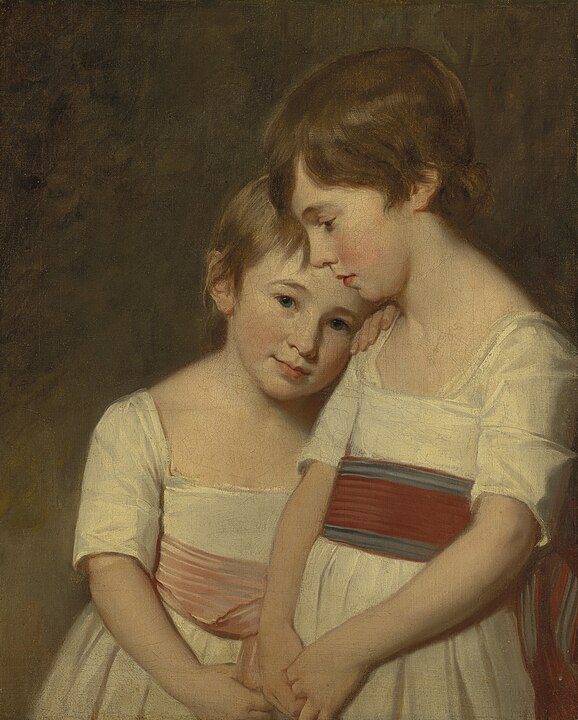
Romney’s influence extended beyond his era, as his portraits and narrative works continue to be studied and appreciated. The revival of interest in Romantic art in the 19th century further solidified his place in art history. Romney’s ability to infuse his paintings with emotional depth, combined with his dedication to artistic independence, contributes to his lasting legacy as a pivotal figure in the evolution of British art during the late 18th century.



